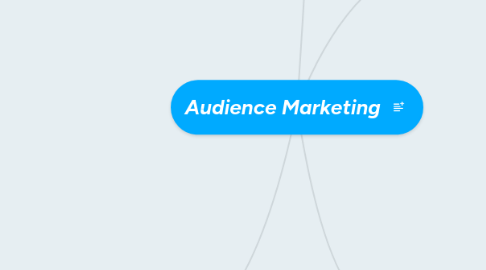
1. Selling a Movie & Brand Loyalty
1.1. With each new movie release, a studio has to create a new brand. Studios like genre movies (romantic comedies, horror) that already have a form of brand identity, as they can market them to a specific audience. This is also why they like sequels and franchises so much — a string of movies all based around the same brand are easy to market.
1.1.1. E.G. The Harry Potter movies are a hugely successful franchise, and have earned $1.1 billion at the box office to date. Based on an equally successful series of books, they already had a built in audience, who have gobbled up all kinds of merchandising as well as buying tickets and DVDs.
1.2. Stars may also be considered brands, particularly if they are associated with only one type of movie. Audiences feel comfortable going to see a movie starring, say, Jason Statham, because they know that they are going to get a specific sort of action movie (lots of fighting, not much talking). However, stars as brands go stale after a while, as audiences tire of actors doing the same thing over and over again (think of how Tom Cruise's career has faltered of late). Therefore the marketing of a movie is all about creating instant brand identity. A movie's brand is established by signalling to consumers what it is like (another movie?) and where it has come from.
2. The Marketing Mix (4P's)
2.1. Price
2.1.1. Price aside (the price of a cinema ticket varies between movie theatres, not necessarily films), the other three are all vital elements of a film marketing campaign. It is possible to add in publicity to a film marketing campaign although this is technically a part of promotion which is not the direct result of a financial deal made by the studio, although money may change hands.
2.2. Product
2.2.1. A film needs to be clearly identifiable in its marketing — genre, stars, story, special effects, style all need to be presented to the audience so they can select the film on the basis of content.
2.3. Place
2.3.1. A film has to have the right release date — Christmas for a Christmas movie etc. Its release date will also depend on what else is being released at the same time - films have to fight it out for cinema screens. It would be pointless releasing any big action adventure movie the same weekend as another one simply because cinema goers would choose between it and the competition, thus halving the box office takings. It makes more sense to put a romantic comedy in that release slot, to mop up the movie-goers who are not interested in big screen action
2.4. Promotion
2.4.1. Promotion for films takes many forms: Print advertising (posters + ads in newspapers & magazines) Trailers (screened at cinemas + on TV/radio) Internet sites (including Facebook 'fan' pages) Viral Videos Merchandising — the list is endless books, t-shirts, food, soundtrack CDs, computer games, toys, cars, mobile phones, anything that can be associated with the brand of the movie
2.5. Although it is not part of the 4P's PUBLICITY is also vital
2.5.1. The publicity department of a studio can use the talent (actors, director, screenwriter) attached to a movie (they have contractual obligations to do what the studio asks) and will try to gain maximum benefit from the following: Star Interviews — in print, online and broadcast media 'Making Of' documentaries, set reports and viral videos add to the hype Gala Premieres — who's wearing what frock Reviews and profiles —Empire front cover anyone? News stories - who did what on set and what records has this movie broken?

